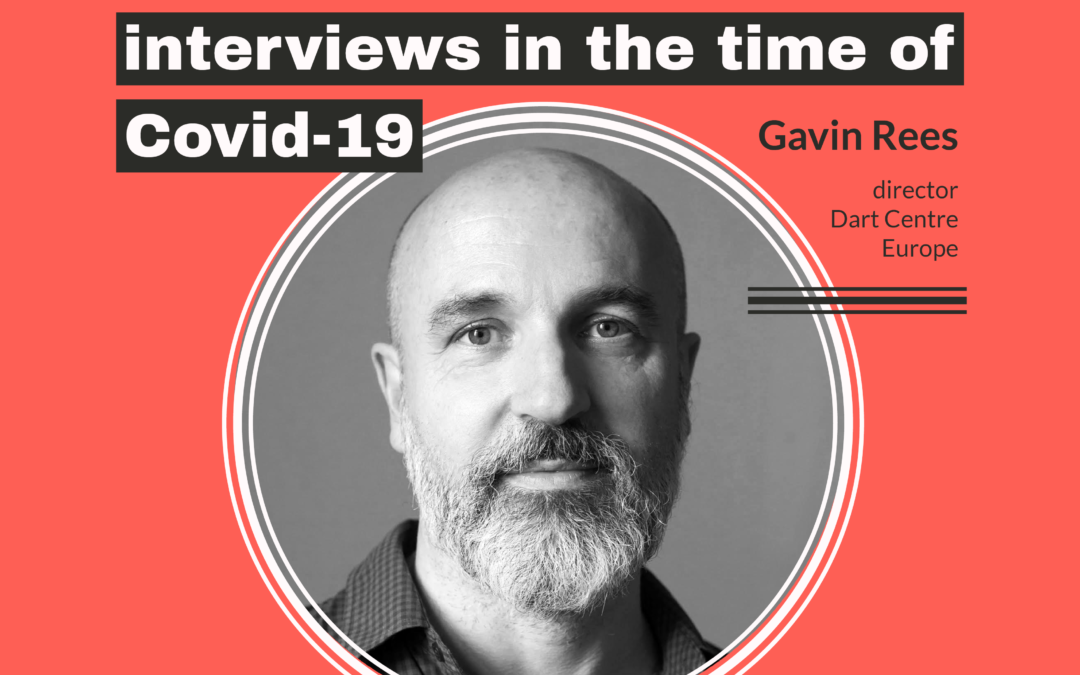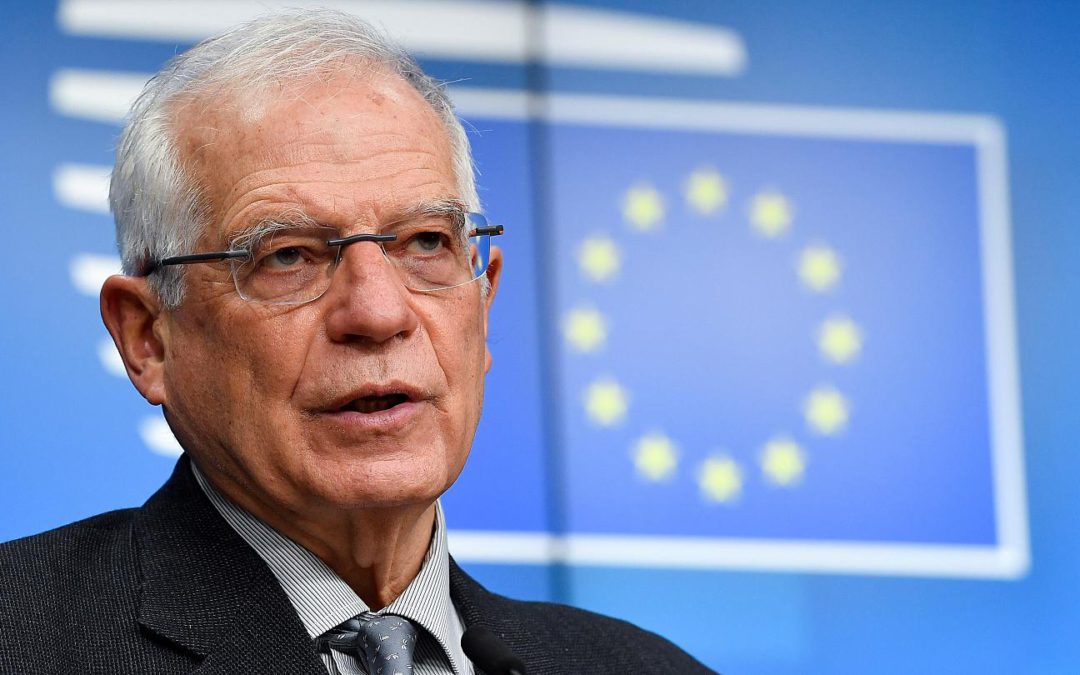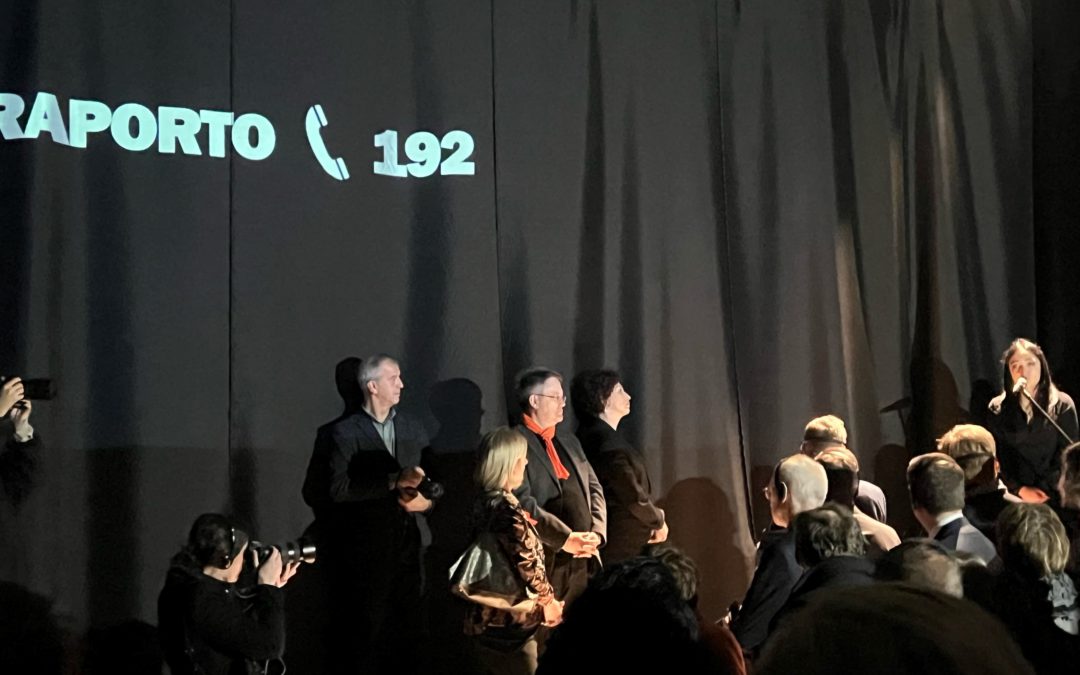According to Media Index 2018, published by the Open Society Institute in Sofia, Bulgaria, countries in the Balkan region are the most sensitive and most at risk in Europe from misinformation and fake news. This is mainly due to the low level of education, the high number of state-controlled media or the interests of businesses, and the lack of trust in society. This danger from manipulation and unfiltered consumption of media content poses a great danger to the region and especially to Kosovo.
The low level of primary, secondary and tertiary education in Kosovo is one of the main contributors to trans-national and national risk from fake news. In the latest publication of the Program for International Students Assessment (PISA), Kosovo is ranked last in the Balkans, last in Europe and third at the bottom, among the 72 countries that participated in the international test organized by the Organization for Economic Cooperation and Development (OECD).
Considering that Kosovo has improved its ranking in the World Press Freedom Index in 2020, Kosovo’s media landscape is still fragmented, on the one hand with media outlets that are suffering directly and indirectly from political and financial influence, and on the other hand by the weak judicial system, which is failing to punish the media and persons who produce false news.
In the face of powerful economic forces, even the professional media happen to succumb to the preferences and demands of uneducated readers and for clicks and statistical purposes, publish what is attractive, turning a blind eye to professionalism, just to survive and stay alive. Often, this kind of media culture becomes a double-edged sword, making the media both creators and victims of false news and misinformation. Meanwhile, the youth of Kosovo is completely flooded in the virtual world.
With internet penetration increasing to 86%, social media penetration to 62%, and mobile connections 109%, and the number of social media users increasing by 15%, youth is the main target for manipulation and influence. Due to poor education, they are less inclined to assess the credibility of information and are more at risk of consuming, producing, distributing and acting on the misinformation they have encountered in traditional or social media.
The elderly, as users with less experience with new technologies, are becoming victims of misinformation, as well as disseminators of misinformation, which are increasingly being disseminated through closed communication platforms such as Viber, WhatsApp and others.
Misinformation, disinformation and false content are becoming one of the main problems facing the world in this era. Rapid technological developments, divisions into socio-economic and educational-information equality, are making people’s lives and collective well-being more difficult, as the work of journalists is becoming more and more important.


This poster is a reminder to check facts and information. In this poster you can find information where through the use of different platforms you can verify the contents of texts, contexts, quotations, scientific data, administrative or statistical data as well as visual content. The poster also shows five steps on how to reach a complete analysis. For more, click here to download the poster in Albanian, English and Serbian.
This poster has been developed with the project “Promoting Media Information Literacy and Strengthening Independent Media in the Western Balkans”, implemented by Albany Associates, KosovaLive/KIMDE and Media Centar Sarajevo with the support of the British Embassy in Kosovo.






